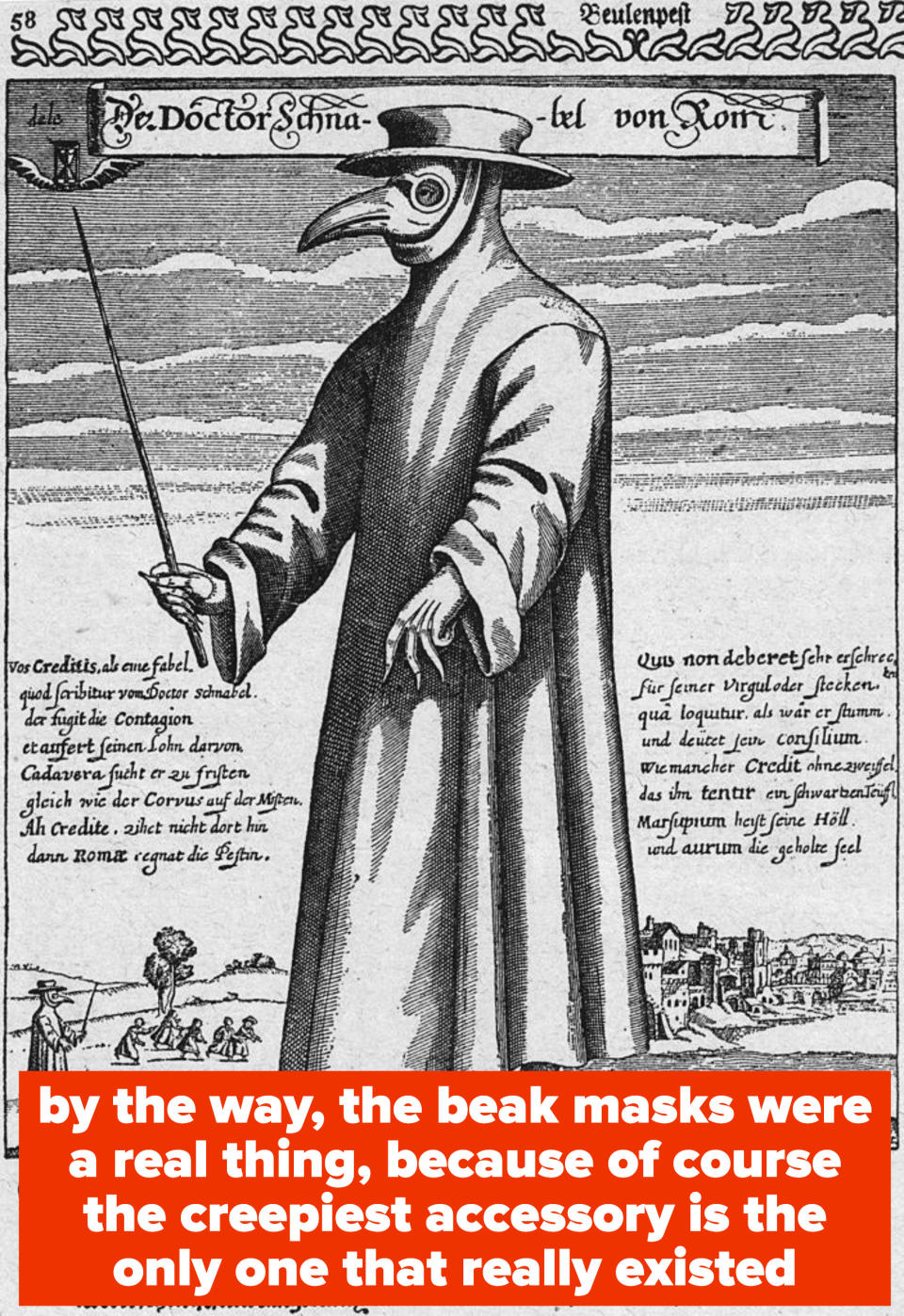13 Ways History Looked Absolutely Nothing Like The Way We Picture It Today
1.What We Imagine: A pilgrim about to begin his busy day of eating roast turkey and accusing women of witchcraft and can't leave his house without first putting on a hat adorned with a giant belt buckle.

What It Really Looked Like: Pilgrims weren't the huge buckle enthusiasts that our second grade worksheets depict them as. According to Plimoth Plantation historian Vicki Oman, buckles existed but weren't considered particularly fashionable by the Pilgrims.

And the color palette wasn't all black and white, either. In fact, black dye was too expensive to be used regularly, and the clothes they wore were much more colorful than the way they're remembered today. The executive director of the Pilgrim Hall Museum, Donna Curtin, said of the public perception of the settlers, "A lot of our mythology about the Pilgrims comes out of the early 20th century, when Americans were once again recreating their identity at a moment of great cultural upheaval."

2.What We Imagine: A woman found guilty of witchcraft during the Salem Witch Trials — maybe after being accused by that buckle-wearing freak from before — would promptly be burned alive at the stake.

What It Really Looked Like: "Witches" in Salem were never burned at the stake...
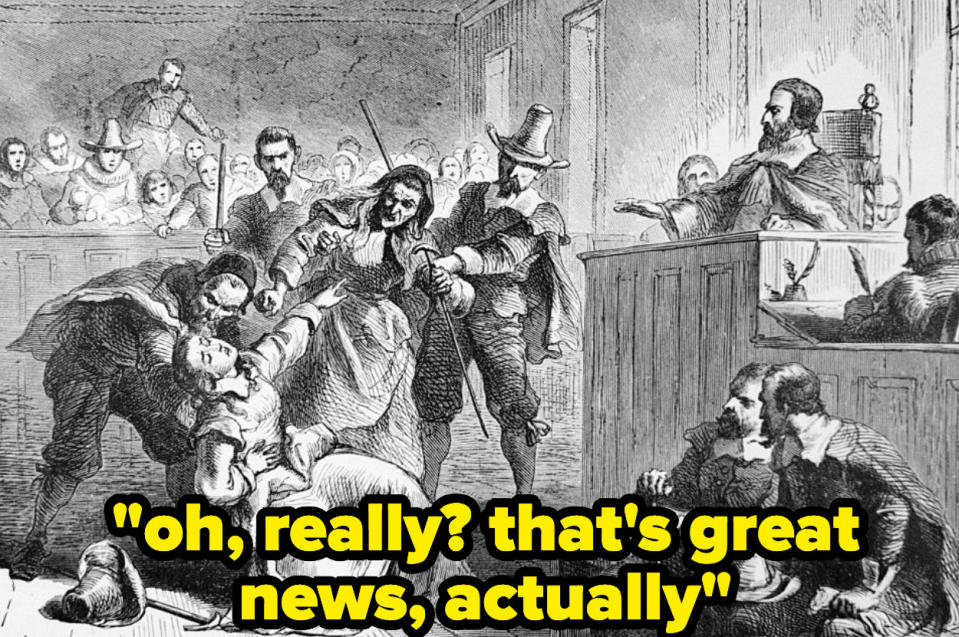
...but they were still executed. Nineteen of the accused were hung, while the twentieth, Giles Corey, was pressed to death after he refused to confess. However, accused witches in Europe were executed with fire, which may be where the Salem misconception comes from.
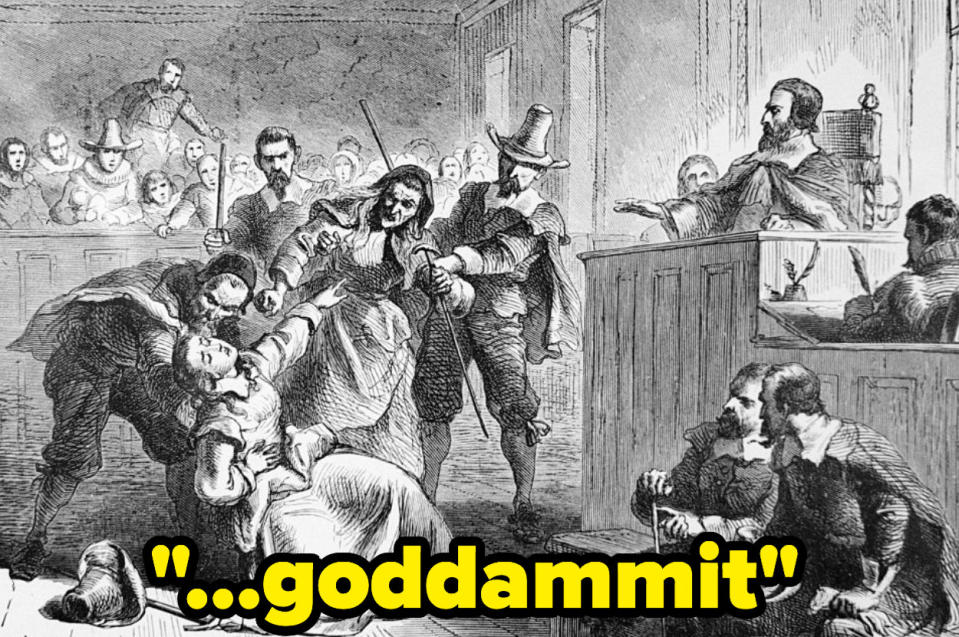
3.What We Imagine: Ancient Greek and Roman sculptors never met a piece of white marble they didn't want to turn into a statue, but they would sooner jump in the River Styx than paint them.
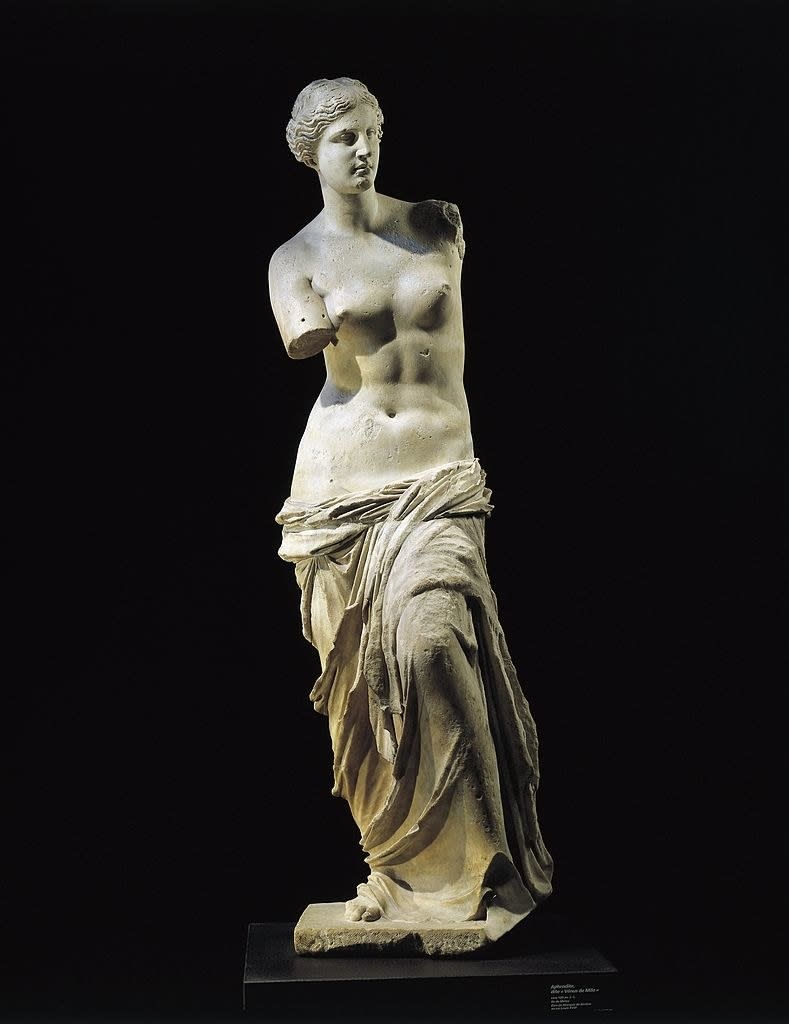
What It Really Looked Like: Much like a pilgrim's wardrobe, Classical sculpture was way more colorful than we give it credit for today. In her New Yorker article "The Myth of Whiteness in Classical Sculpture," Margaret Talbot wrote that Greeks and Romans painted their statues with vibrant colors, as well as adorned them with precious materials such as gold leaf and gemstones. The use of color in this way is referred to as "polychromy." The ravages of age, as well as errors in preservation (some residual paint was literally washed off) and the racist tendency of the Western world to view whiteness as an artistic ideal, obscure the historical reality.
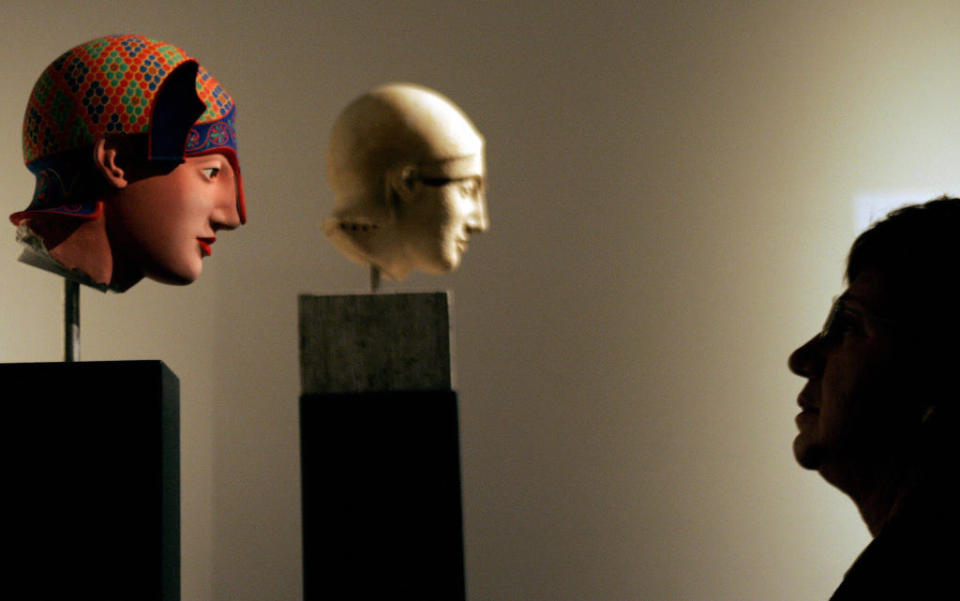
This photo was taken at "Gods in Color," an exhibition of Classical sculpture replicas recreated with their original vibrant color palettes and patterns.
Mark Abbe, a professor of ancient art, told Talbot that imagining the ancient world as an expanse of plain white marble is "the most common misconception about Western aesthetics in the history of Western art." Meanwhile, Marco Leona, the David H. Koch Scientist in Charge at the Met, said that polychromy is "the best-kept secret that’s not even a secret."

4.What We Imagine: Ancient Romans loved to party, to the point that the richest folks had a special room in their house for throwing up what they'd already eaten so they could merrily keep on feasting. And because people who build a vomit room can't be counted on for their subtlety, they dubbed it the "vomitorium."
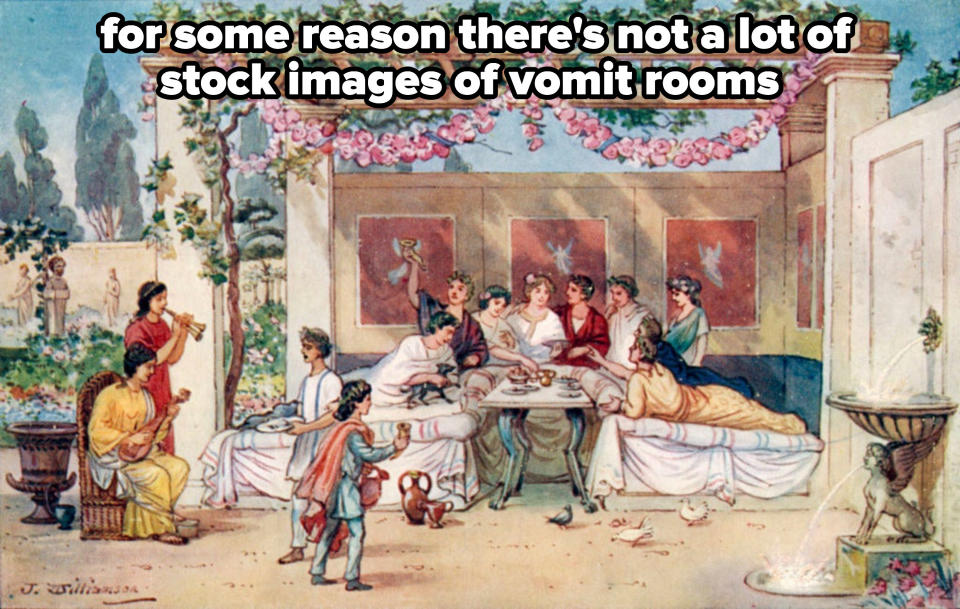
What It Really Looked Like: In a win for Ancient Rome, a lot less gross than that. According to Scientific American, this myth originated in the 19th or 20th century, and probably stems from the trope of Romans as decadent party animals.
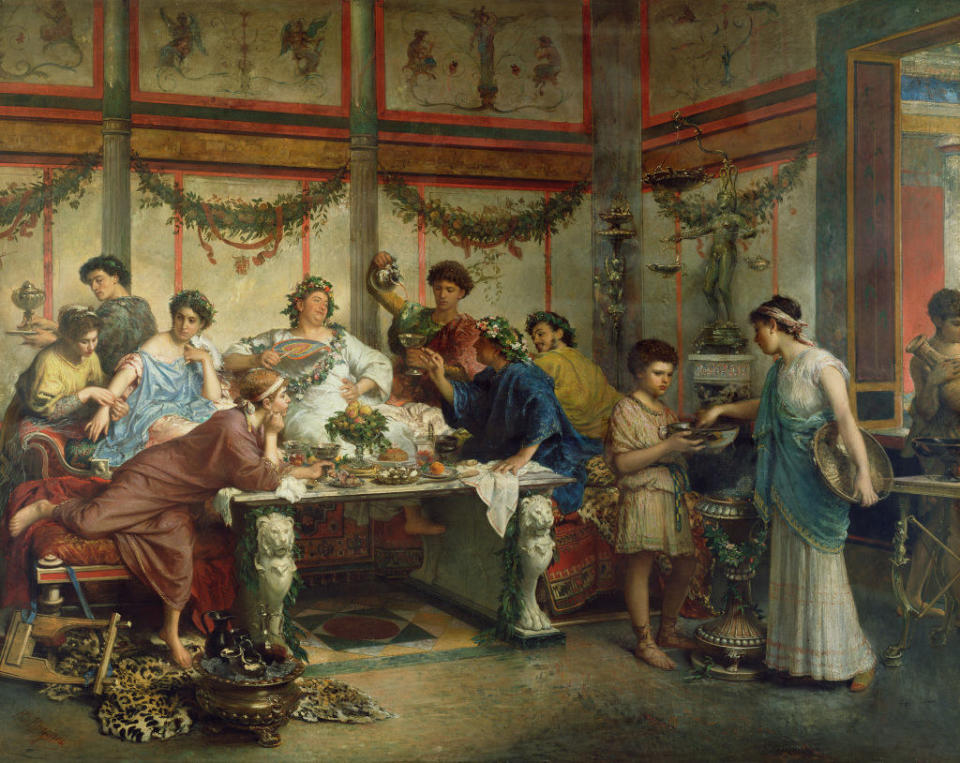
That, and the fact that "vomitorium" is a real word from antiquity. It even had something to do with vomit, though in a more metaphorical sense: A vomitorium was the entrance to a public gathering place like a theater, and it was so named by the fifth-century writer and funny guy Macrobius because of "the way people seemed to erupt out of them to fill empty seats."

5.What We Imagine: Vikings never stormed into battle without donning the (slightly more intimidating) buckle hats of their era, aka the horned helmet.

What It Really Looked Like: Way less horny. (I'm sorry. It was right there, unlike one of these helmets in a Viking's closet.) Real Vikings wore plainer helmets or nothing at all, and depictions of horned helmets only came about in the 19th century. The idea was cemented into place in the 1870s, when the costume designer for one of Wagner's operas dressed the stars in horned helmets.
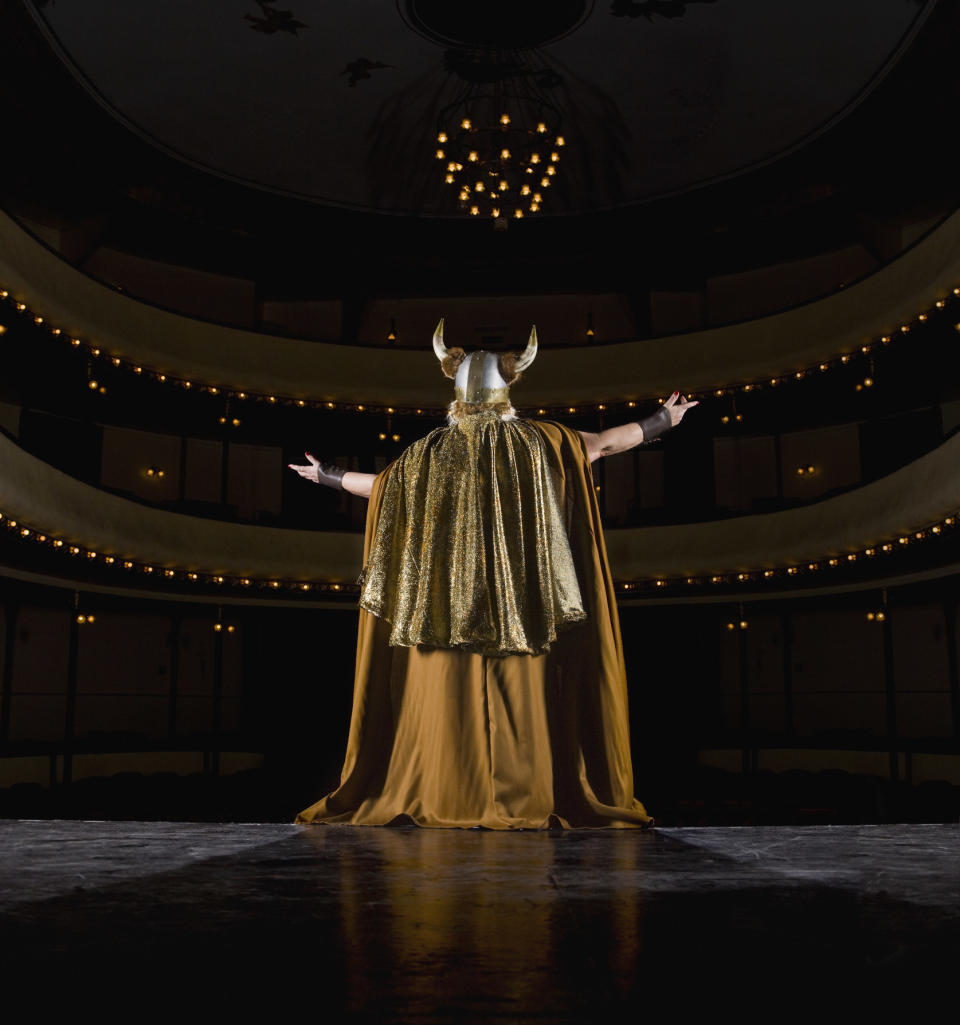
Horned helmets did exist back in the day, but well before the Vikings were around, and they were mostly used for "ceremonial purposes" by priests, not bloody ones by warriors.
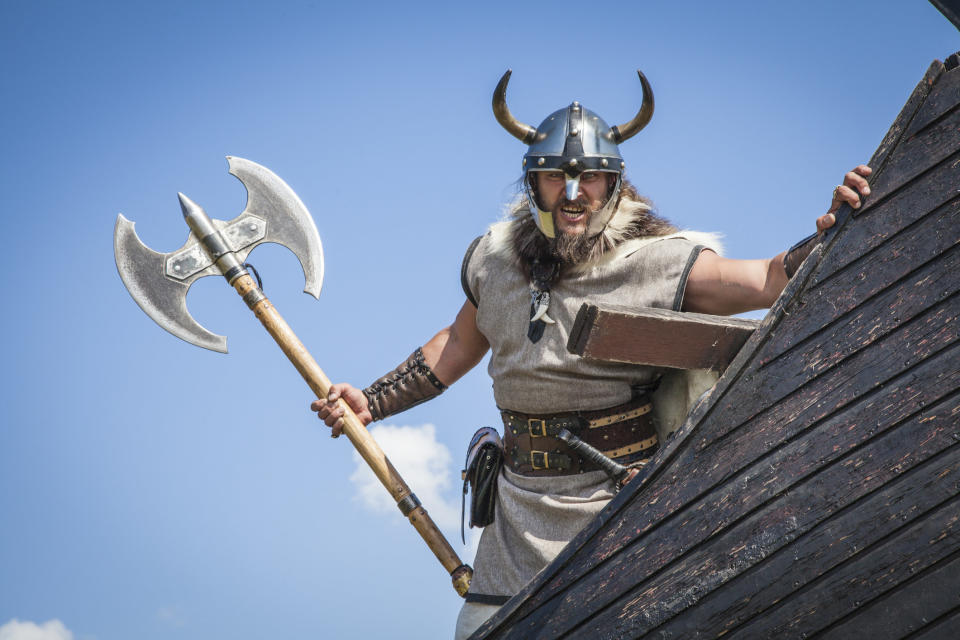
6.What We Imagine: Napoleon Bonaparte was short and mad about it, so mad in fact that he tried to conquer the world.
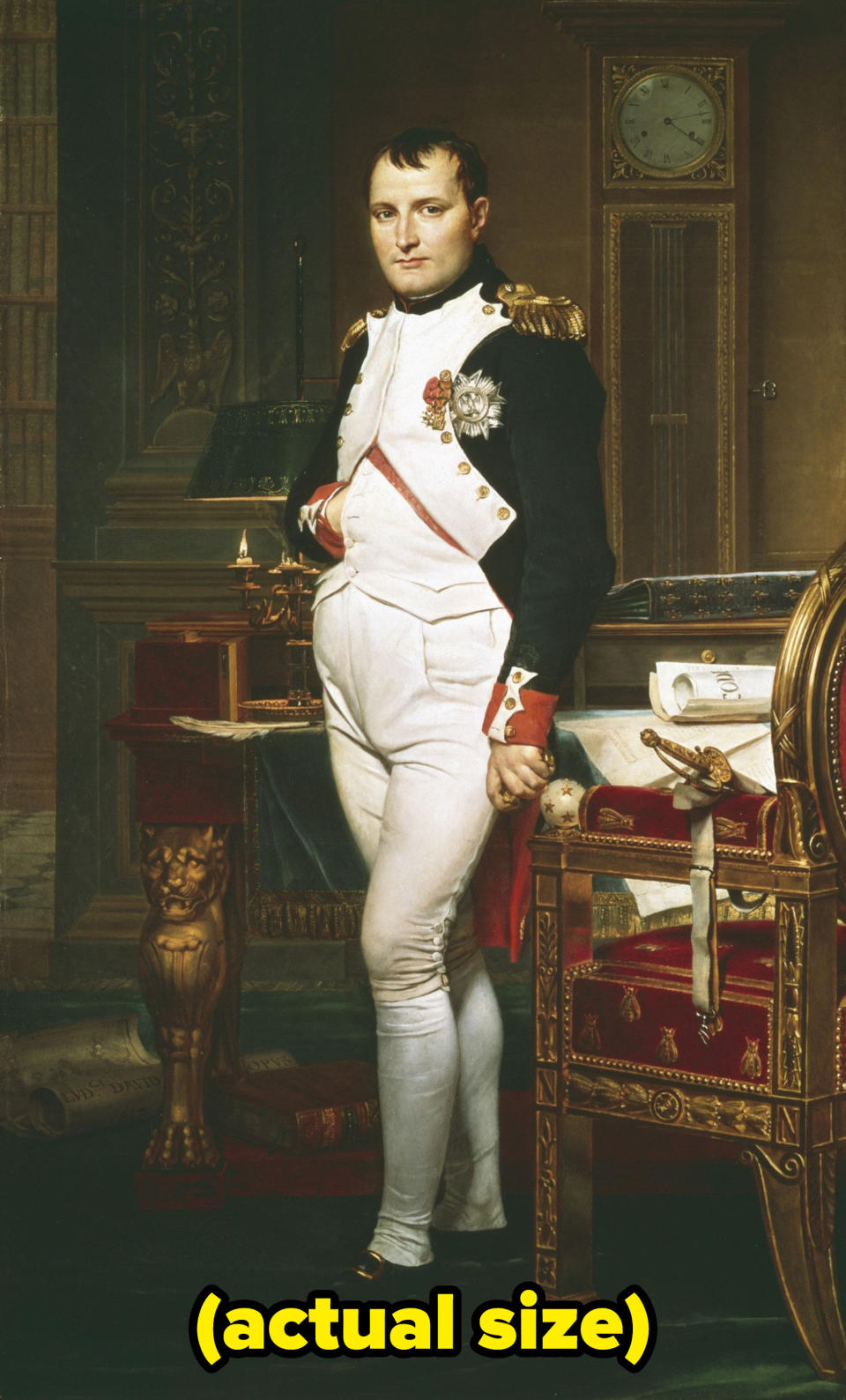
What He Really Looked Like: Not that short, and certainly not short enough to justify a whole complex getting named after him. Napoleon was 5'2" when measured by the pre-Metric French inch, which works out to be around 5'5" by today's standards. Sure, that's an inch shorter than the male average height at the time, but if you met Napoleon back in the day, your first thought probably wouldn't have been, "I wish I brought my magnifying glass."
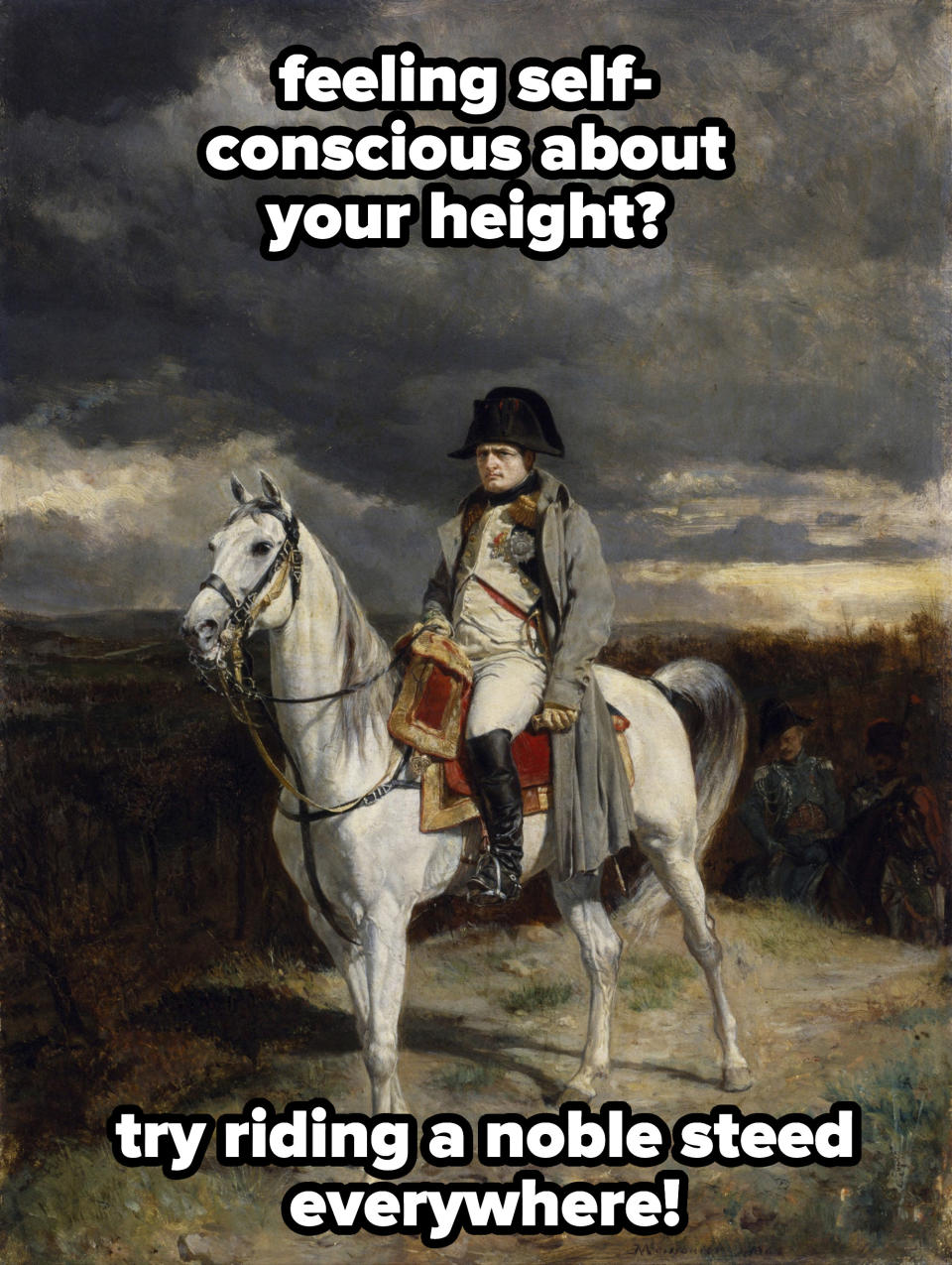
The popular conception of the miniatured Napoleon can largely be traced back to the work of British cartoonist James Gillray, whose satirical work featuring the general proved so popular that Napoleon once said that the artist "did more than all the armies of Europe to bring me down.”
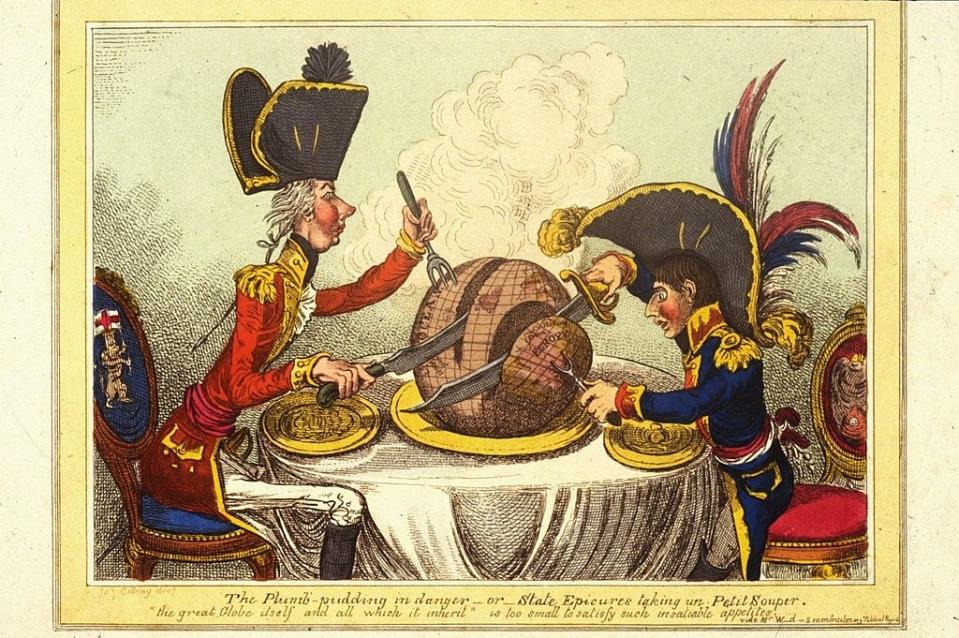
Pictured is one of Gillray's cartoons. Napoleon is, uh, the short one.
7.What We Imagine: In 1775, Paul Revere rode alone on horseback through the towns of colonial Massachusetts, screaming at the top of his lungs, "THE BRITISH ARE COMING, THE BRITISH ARE COMING!"
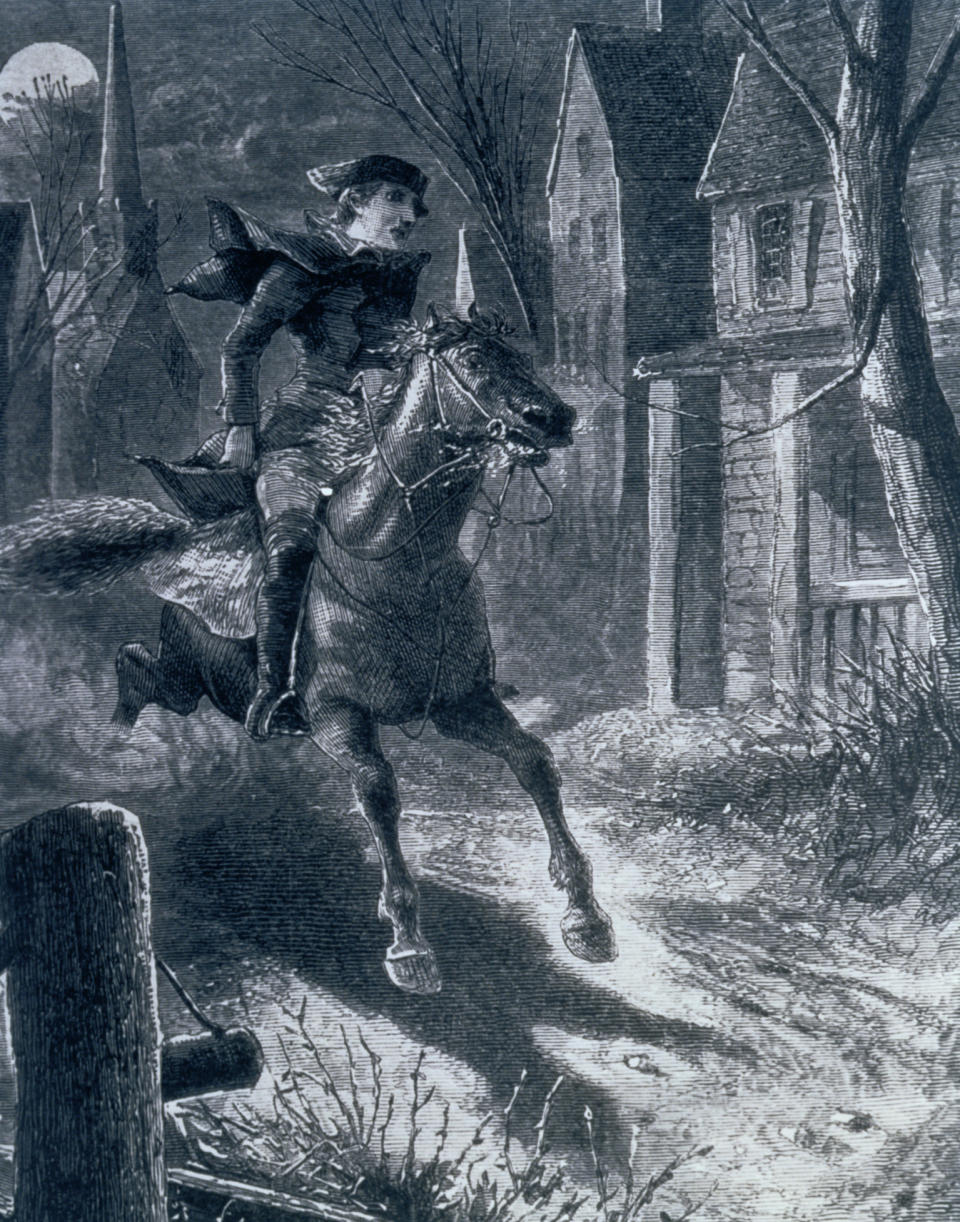
What It Really Looked Like: A lot of the misconceptions about Paul Revere's story come from Henry Wadsworth Longfellow's 1861 poem "Paul Revere's Ride." For one thing, Paul Revere wasn't alone that night; he rode with two other men, William Dawes and Samuel Prescott, and their trio was a part of a much larger clandestine operation to spread the news throughout the area.
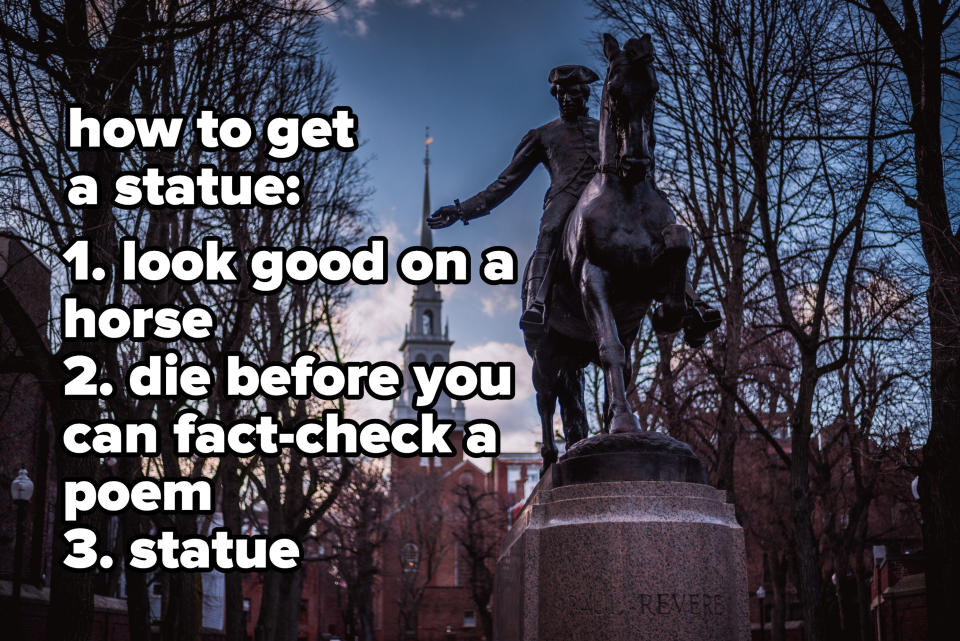
And Revere never shouted the most famous line attributed to him, nor any other line. The key to this mission was discretion, and something about a man hollering on the back of a horse doesn't quite meet that standard. As for the line itself, most of the colonists identified as British, so Revere telling them that the British were coming would've confused them at best and triggered an identity crisis at worst. Instead, he may have warned people about incoming "Regulars," or British soldiers.

8.What We Imagine: Corsets were universally painful garments that made it impossible to properly breathe, resulting in an epidemic of uncontrollable swooning amongst proper ladies.
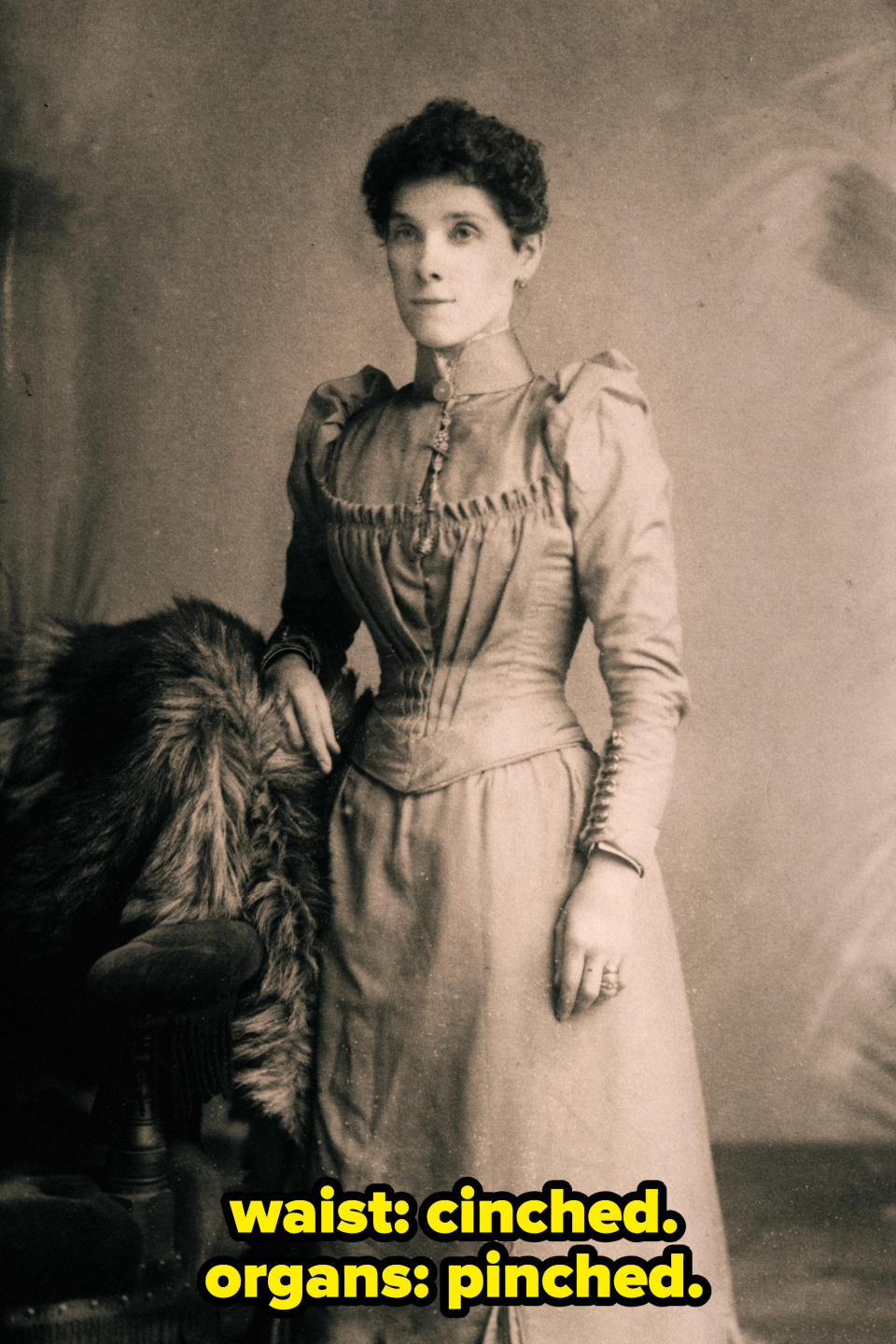
What It Really Looked Like: In an interview with Collectors Weekly, fashion historian Valerie Steele busted some myths about the corset. Said Steele, "Most people today think corsets were extremely dangerous and caused all kinds of health problems, from cancer to scoliosis. And that’s quite inaccurate. ... It doesn’t mean that corsets were without any health problems, but it does mean that most modern people are wildly naive in believing the most absurd antiquated medical accusations about corsetry."
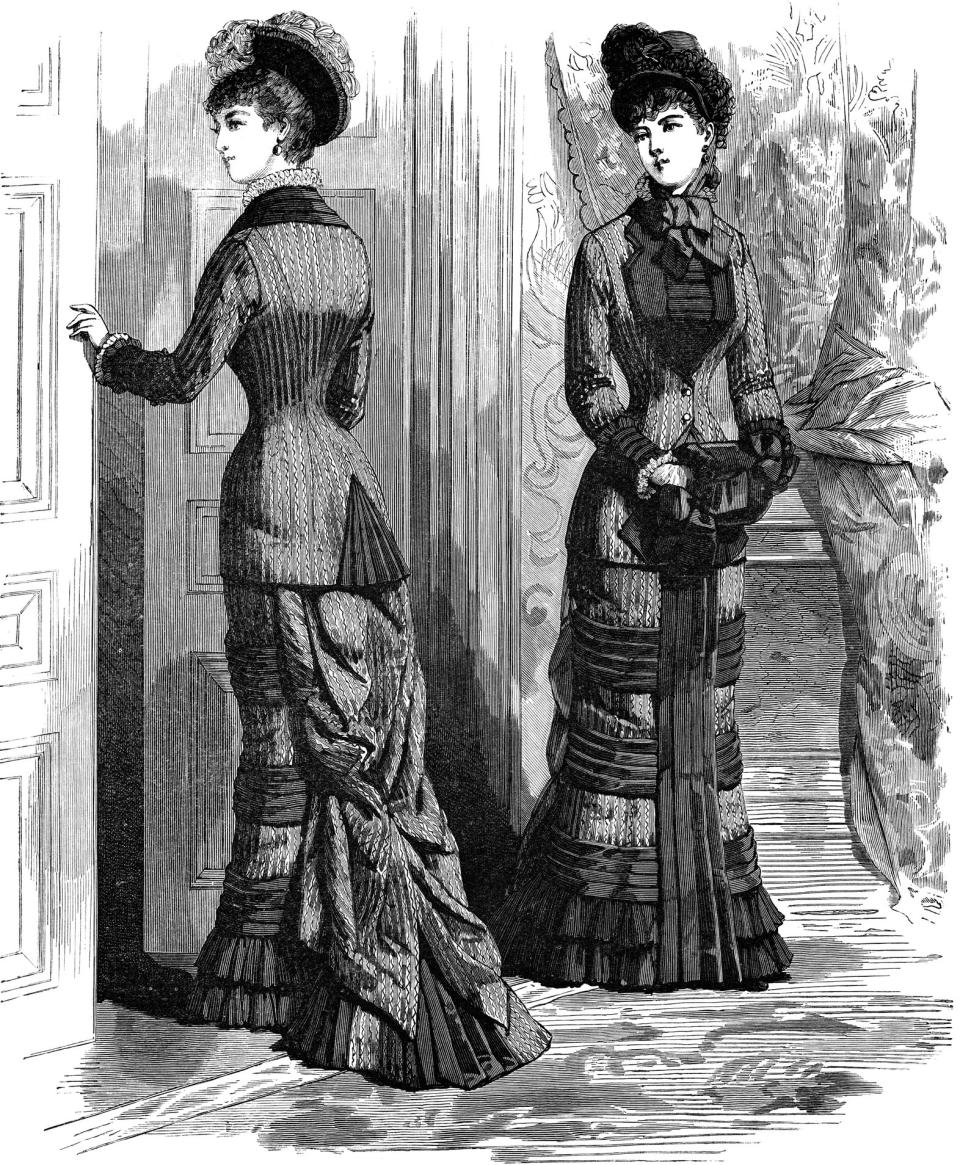
Corsets did cause some health problems, such as indigestion and weaker back muscles, but they weren't death traps. As for the fainting, an article on LancasterHistory written by Museum Associate Stephanie Celiberti points out that corsets were customizable in terms of how tightly you laced them, and that restricted breathing is a sign of an ill-fitting garment, not a properly laced one. Additionally, corsets were worn by women of all classes, including workers, who typically need to stay conscious. The term "fainting couch" and its associations with the Victorian era may have contributed to this misconception, but it's actually a modern term for a type of furniture that was referred to as a "day bed" by actual Victorians.
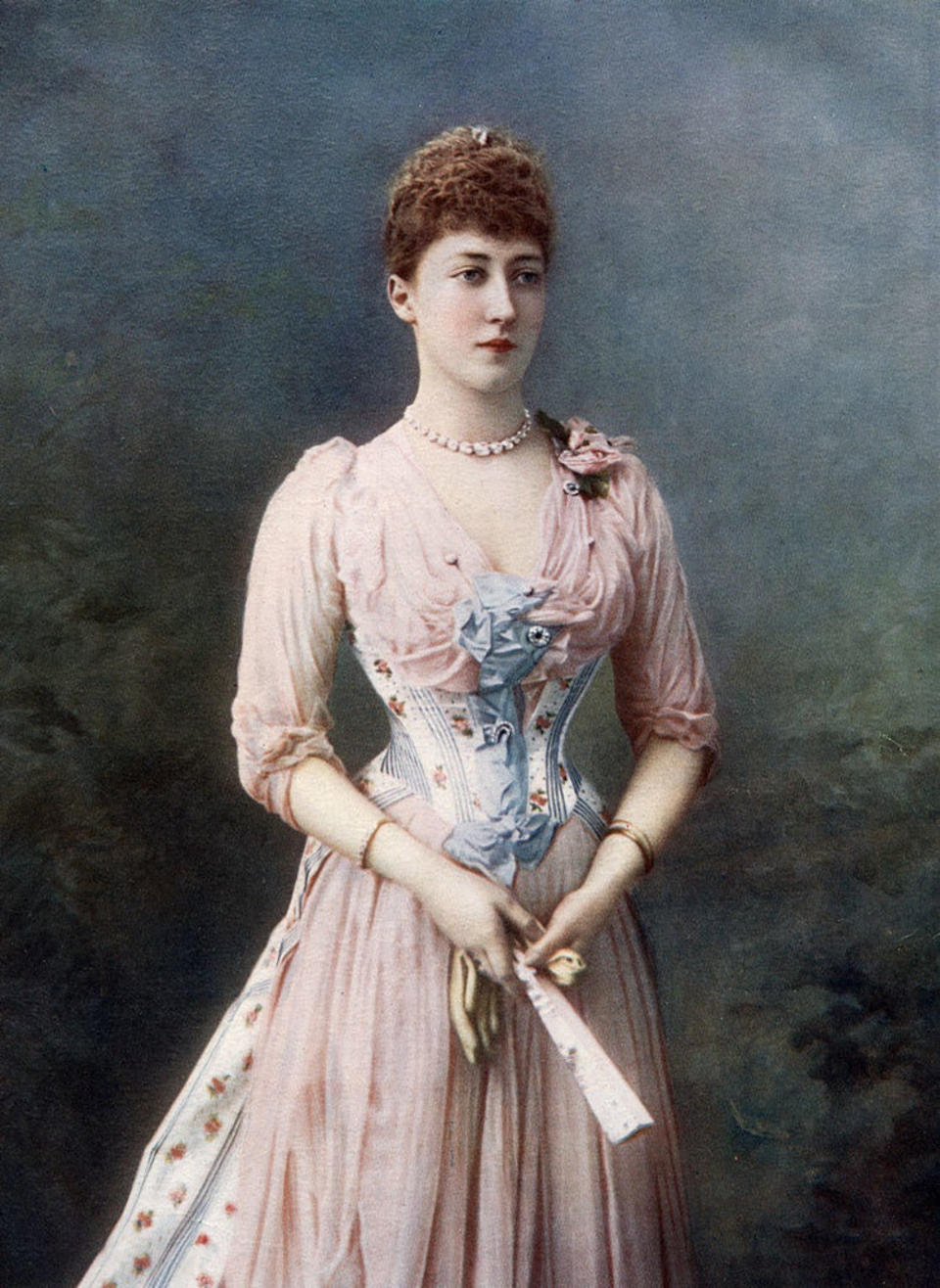
9.What We Imagine: As if they didn't have enough problems in the 15th century, people had a nasty habit of locking prisoners in spiked torture devices known as "iron maidens," where you only have seconds to think about what a good band name that is before the agony kicks in.
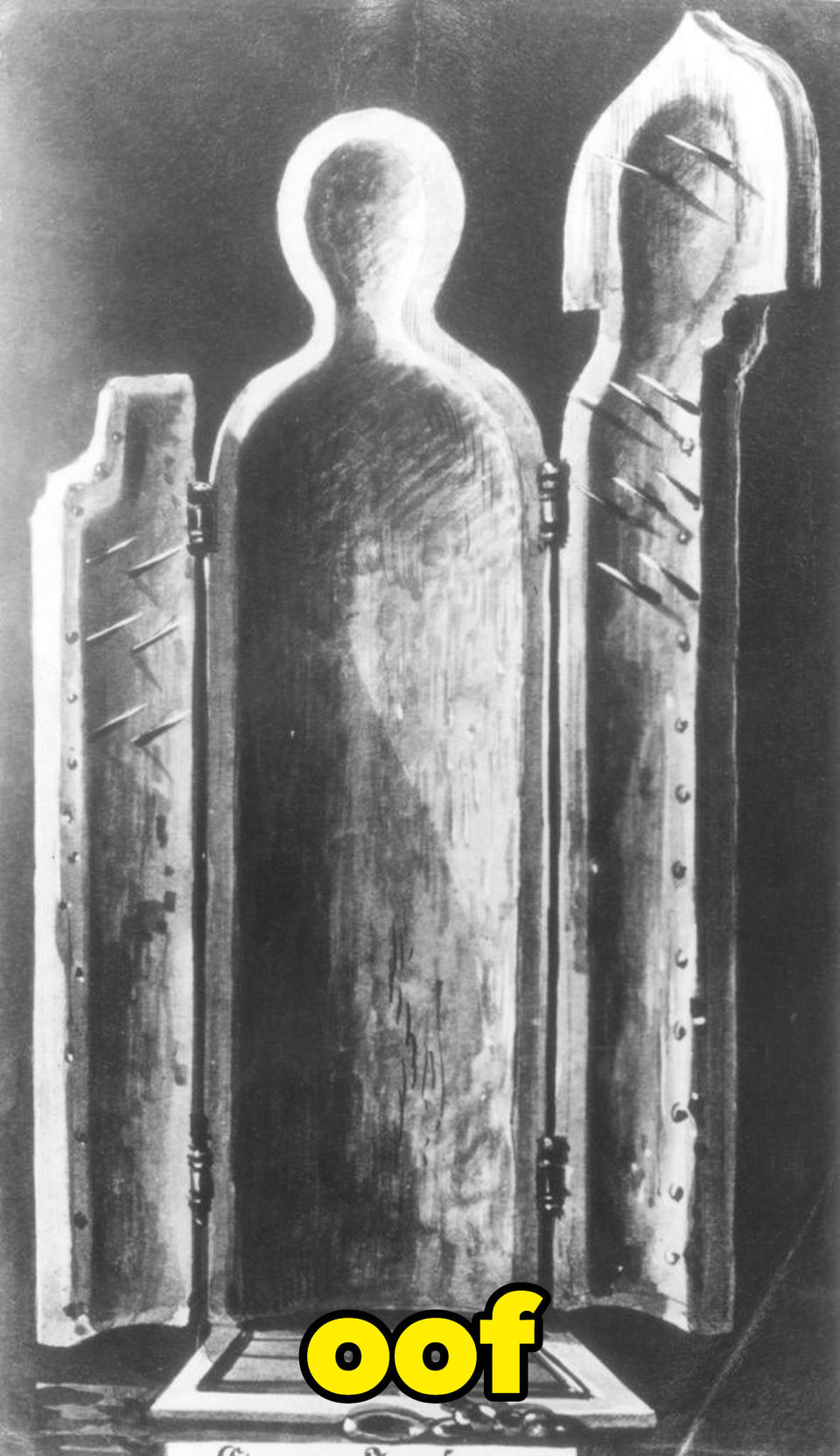
What It Really Looked Like: Look, no one's saying that a medieval dungeon was a fun place to be, but at the very least, prisoners didn't have to deal with iron maidens, mainly because they didn't exist.

According to Gizmodo, their legend can be traced back to a 19th-century fake "pieced together from pieces of memorabilia" and displayed at a museum, as well as a fake account written by 18th-century archeologist Johann Siebenkees about a forger punished with an iron maiden-like device. Those two pieces of medieval torture fanfiction led to a long-lasting misconception.

10.What We Imagine: New arrivals to the United States walked into Ellis Island with one name and out with another, since officials heard their "foreign" names and thought, "Nah, I'm just gonna write 'Johnson.'"
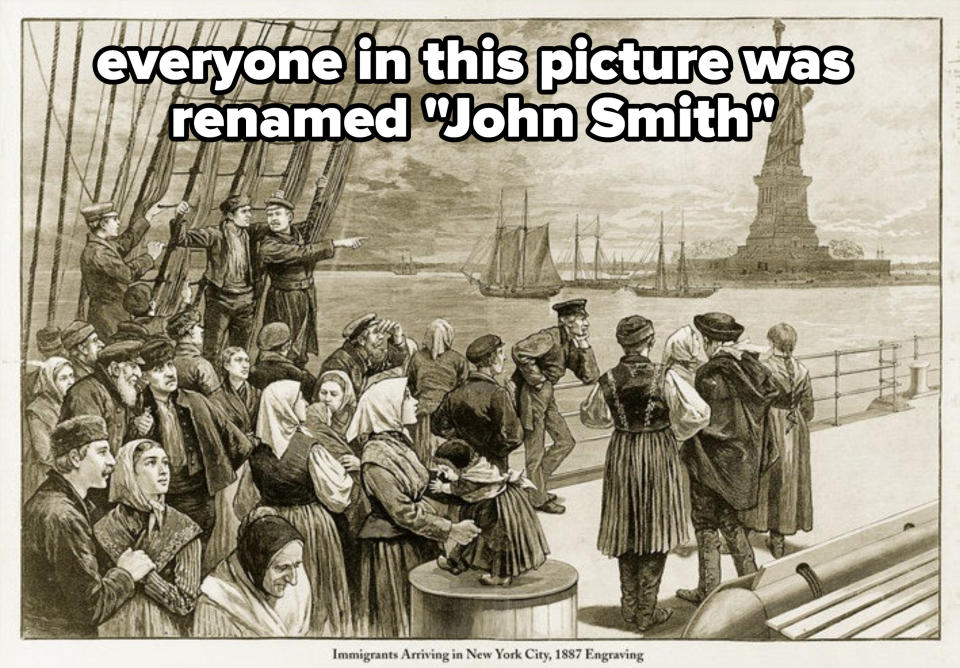
What It Really Looked Like: We know that the names of immigrants weren't changed at Ellis Island, because their names weren't recorded at all. In American Passage: The History of Ellis Island, Vincent J. Cannato wrote, "The only list of names came from the manifests of steamships, filled out by ship officials in Europe. In the era before visas, there was no official record of entering immigrants except those manifests." When immigration officials spoke to new arrivals, they didn't make new records, only double-checked that the person in front of them was the same one listed on the pre-existing manifest.

Some immigrants did change their names when they arrived, but they generally made that decision of their own free will, in the hopes that a new name would help them fit in and become successful in the United States. According to a 1922 article, new arrivals were asked about "religion, relatives in America, amount of money, source of passage money, literacy, occupation, and the positive statement that the candidate for admission does not believe or practice polygamy or anarchy."

11.What We Imagine: On October 24th, 1929, the American stock market crashed. Knowing that they were witnessing the ends of their careers and the beginning of what would become known as the Great Depression, dozens of New York City stockbrockers immediately leapt off of buildings to their deaths.

What It Really Looked Like: While "Black Thursday" was undoubtedly a grim occasion, it didn't result in a spate of stockbrocker suicides. The rumor that it did was disproved as early as the next day, when the New York Daily News printed, "If half the suicides which were reported to ‘TRADER’ yesterday had proved true, Wall Street would be a deserted village this morning."
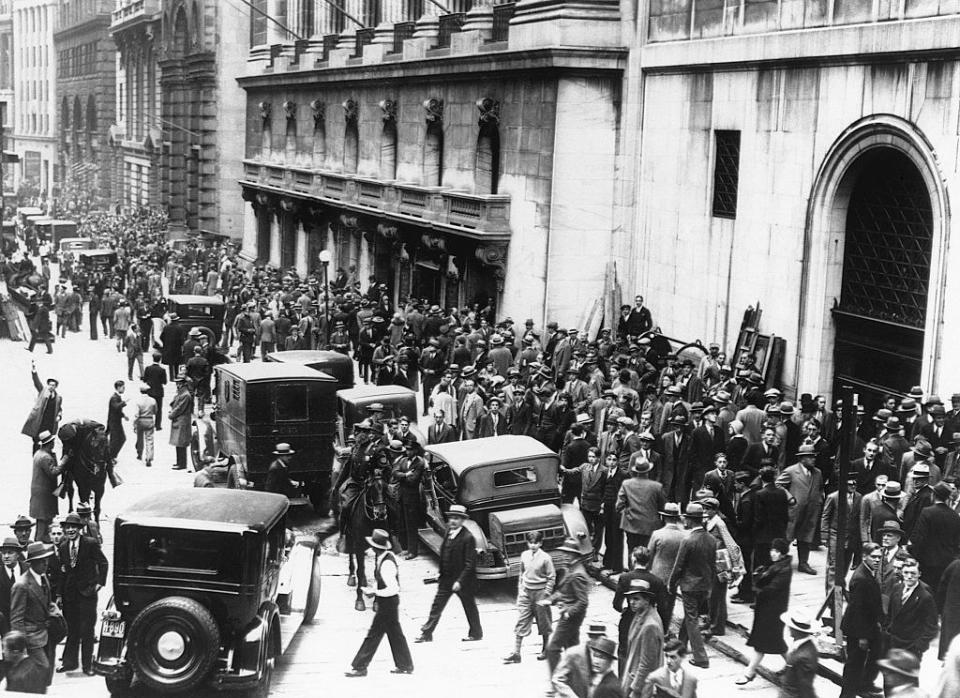
One source of the myth was none other than Winston Churchill, who was working as a reporter at the time. Churchill wrote, "Under my very window a gentleman cast himself down fifteen storeys [sic] and was dashed to pieces, causing a wild commotion and the arrival of the fire brigade." But the death that Churchill most likely witnessed was reported to be accidental, and even if it wasn't, it occurred hours before the market crashed. However, two workers in the Financial District, Hulda Borowski and George Cutler, did jump off of buildings a few weeks after the crash. Kenneth Galbraith, the author of The Great Crash 1929, wrote about these and other Great Depression deaths, "In memory some of these tragedies may have been moved back a year or two to the time of the stock market crash."
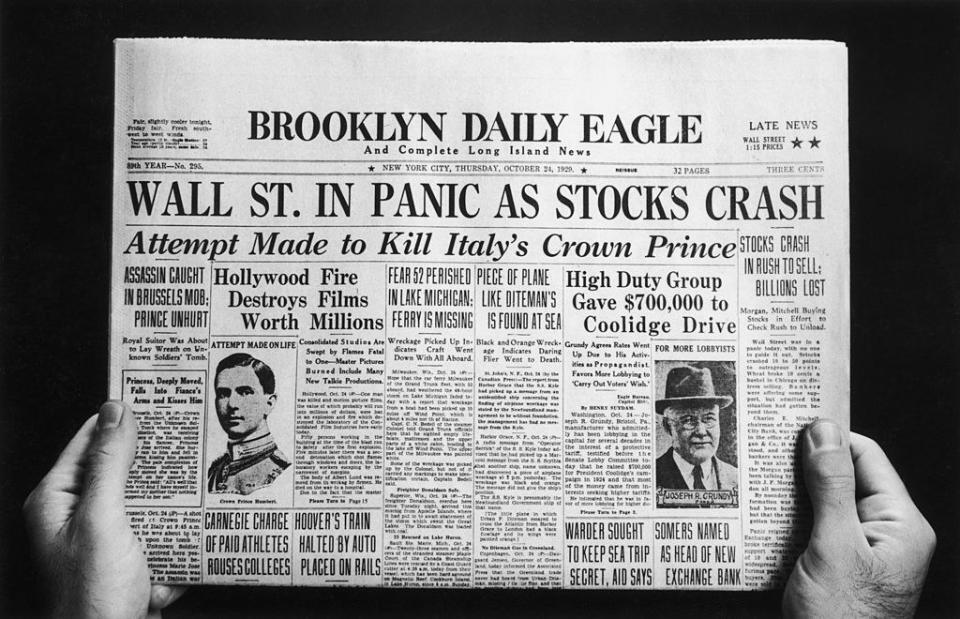
12.What We Imagine: Medieval knights dressed themselves in expensive armor, but they shouldn't have bothered, because it was so heavy and cumbersome that it made moving, let alone fighting and/or rescuing fair maidens, nearly impossible.
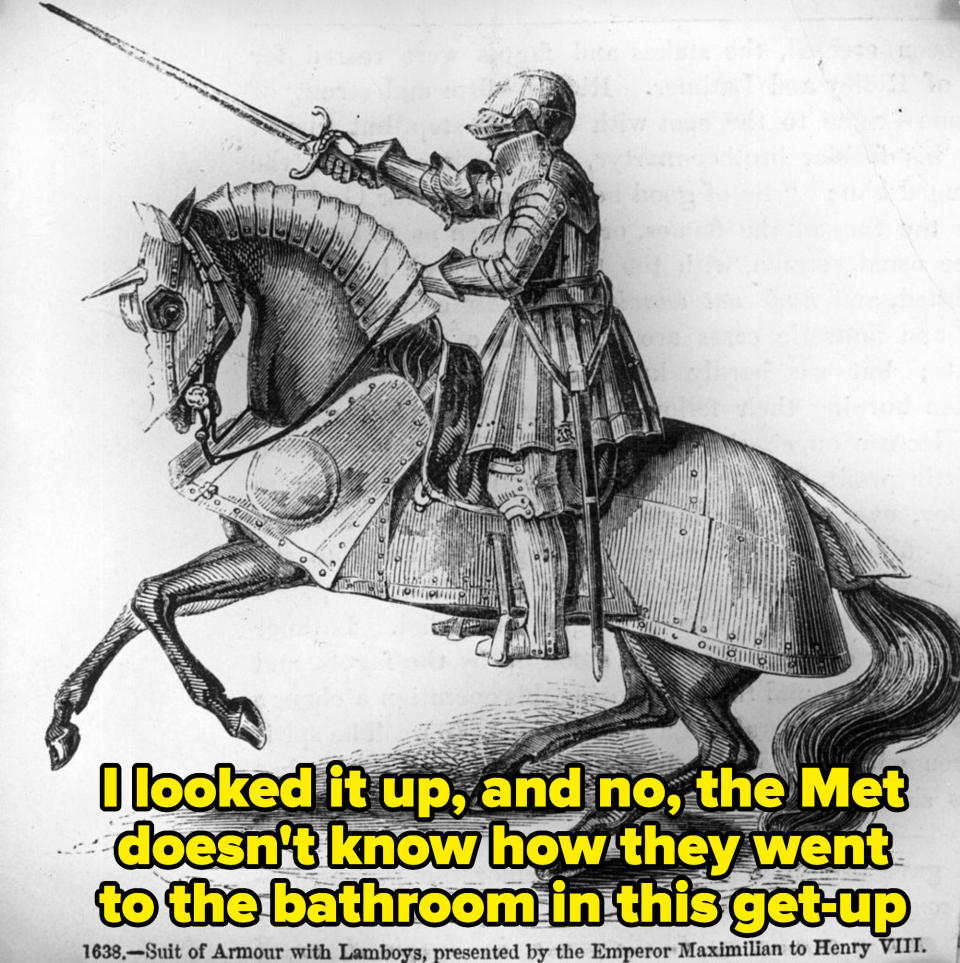
What It Actually Looked Like: According to the Met, armor typically weighed between 45 and 50 lbs., or "less than the full equipment of a fireman with oxygen gear." It did get heavier in the 17th century, due to the need to protect against the impact of gunfire, but by that point, only the "vital parts of the body, such as the head, torso, and hands" were covered.
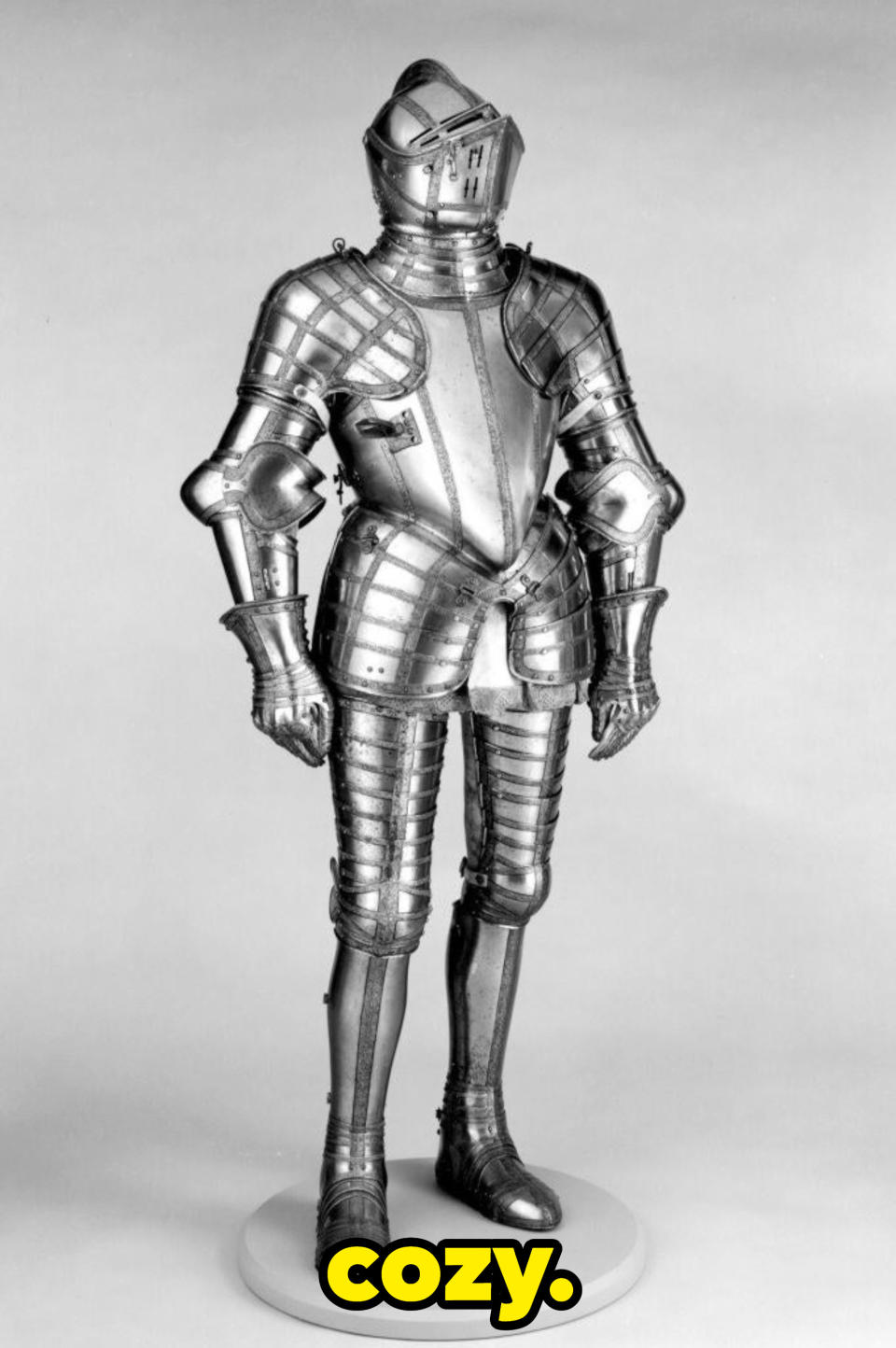
And it wasn't necessarily extremely expensive, either, nor only meant for knights and royalty (or men in general). But yeah, if an outfit made it impossible to move while someone was actively trying to murder you, it probably wouldn't have remained popular for long.

13.What We Imagine: During medieval times, you were middle-aged by the time you were 15, basically on your death bed by your late 20s, and probably a witch if you lasted any longer than that.

What It Actually Looked Like: The extraordinarily brief lifespans we associate with the olden times are mostly a consequence of high rates of infant and childhood mortality. But, according to the BBC, if you were a man living between the years of 1200 to 1745, and you made it to the age of 21, you could expect to live somewhere in the range of 60-70 years. Not too shabby! Except for, you know, how hard it was to make it to 21.

Oh, and this life expectancy dropped right to 45 in the 14th century, because of all that plague going around. Classic plague stuff, you know the drill.
